A theory that's been advanced in recent years by both the creators of South Park and pundit Stephen Colbert is that Peter, the first pope, was in fact a rabbit. Both sources point to the design of the pope's hat as evidence, which certainly looks as if it could have been designed to conceal a set of rabbit ears. Still, when Colbert adds that the real Easter story involves Jesus being resurrected by a magical rabbit using colored eggs and life-giving marshmallow peeps, the theory enters into tinfoil hat territory. While the origin date for peeps is somewhat murky, no serious academic researcher believes that they predate the twentieth century.
The South Park version of the Peter Rabbit theory holds that a secret society, the "Hare Club for Men," is charged with both keeping the secret of the first pope and promulgating the various Easter traditions in which the secret is encoded. Though the names and details are obviously fictionalized, this element of the story is worth examining. If the various nonsensical Easter traditions were in fact being supported by a hidden organization that could account for their longevity. One would think that such a society would have to date back to at least the Council of Nicea, making it older than any of the fraternal organizations currently known to be active in the world. It would also have to be much more secretive, as the information age has shed light on most of the old mystery traditions - but apparently not this one.
Again, though, this theory has a serious problem, in that a society this secret would be practically impossible to maintain. It would have to be large enough to keep the traditions going, which likely means millions of members, but at the same time have a membership so loyal that none of them have ever seen fit to expose it. Given the history of how human beings behave in fraternal organizations, this scenario seems unlikely. Follow the history of any such organization you will see schisms develop and secrets being exposed. Some sort of Easter Bunny society that has existed for nearly 1700 years almost certainly would have had their secrets revealed at some point, or at least their existence.
It's also worth noting that during the medieval period such a society almost certainly would have run afoul of the Inquisition, as did the Cathars and Knights Templar. And yet, in the records of the various church persecutions we find no evidence of extracted confessions involving rabbits, chicks, or even eggs. An argument could be advanced that perhaps the inquisitors were uninterested in such innocuous elements and chose not to record them, but this is fundamentally a weak position. The inquisitors were more than capable of taking normal household items such as brooms and turning them into sinister symbols of corruption and evil in texts such as the Malleus Maleficarum of 1486. Colored eggs almost certainly would have been given the same treatment.
So we're left with a bit of a quandary. Both versions of the Peter Rabbit theory have significant problems that defy easy resolution. But perhaps we can find the answer elsewhere, through careful analysis of the scripture itself. We read in the Gospels that when Jesus died on Good Friday a great earthquake swept across the land and the veil of the temple was rent asunder. To think that what the Gospel writers recorded decades after the events in question represent their entire scope seems dubious at best. In fact, what surviving accounts suggest to us is that at the moment of Christ's death, the whole natural order was upended.
This upending could have led to many strange and inexplicable events. If we examine what rabbits, chickens, and colored eggs allude to in this context, we are left with a disturbing possibility. Instead of the Lion laying down with the Lamb upon Christ's return, perhaps at the moment of Jesus' death it was the Rabbit and the Chicken. Talk to any biologist about this idea and they will tell you two important facts. First of all, on any normal day in which the laws of nature are functioning properly it should be impossible for a rabbit and a chicken to produce viable offspring. Second of all, if such a thing were rendered possible by some sort of cosmic imbalance, the eggs produced might very well be some color other than the usual white or brown.
Could this be the real secret of Easter, and the real reason for the enduring but extremely silly traditions surrounding the holiday? That the original Good Friday, out of all the days in history, was the one time at which a rabbit and a chicken could successfully reproduce? Bunnies, chicks, and eggs all point in that direction, and the catalytic role of Jesus' death provides the very metaphysical underpinning that we began this article seeking out. There's no proof, of course - no genetic study has ever shown the intermingling of chicken and rabbit DNA, and unless some sort of super-science has unlocked the reproductive method involved the lead photograph for this article is certainly a fake. Nonetheless, it suggests this seemingly bizarre possibility to the imagination in an evocative manner.
Somebody should contact Graham Hancock. I sense a new History Channel documentary series in the making.
















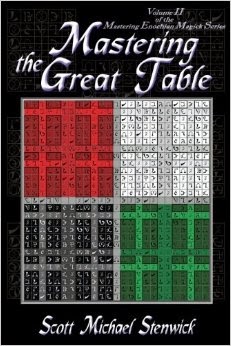

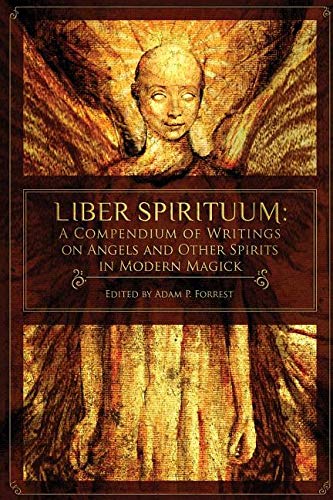
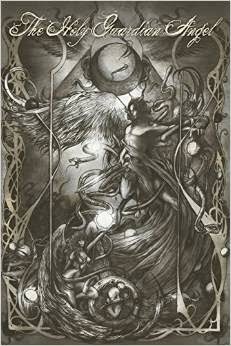

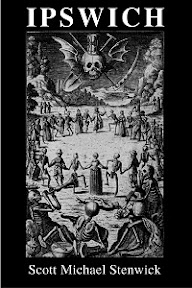
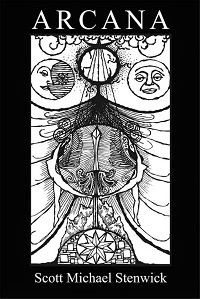



No comments:
Post a Comment